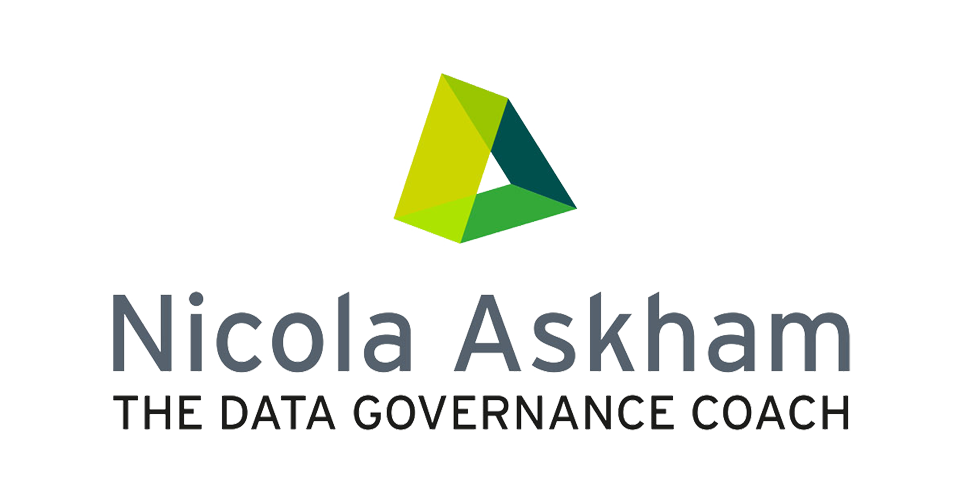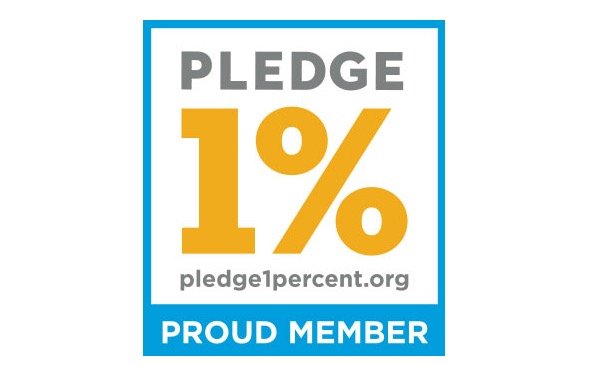Making Data Governance Processes Accessible
/One of the most practical questions I encounter in data governance is deceptively simple: how should we document our processes? The answer reveals a crucial insight about implementation success, as formal documentation and user friendly communication require very different approaches.
The Appeal of Swim Lane Diagrams
My early career in banking introduced me to BPMN (Business Process Notation Modelling), which produces swim lane diagrams. These structured visual representations organise processes into logical rows, with each lane representing a specific role. The flow shows precisely who does what and how handoffs occur between parties.
For those with analytical inclinations, swim lane diagrams offer clarity and logical precision. My work with BPMN specialists, at the first consultancy I worked for, reinforced their value as robust documentation tools. When executed properly, they capture process complexity with remarkable accuracy.
The Documentation Dilemma
However, there's a challenge: swim lane diagrams are divisive. They're what I'd call a "Marmite thing". You either love them or you hate them and find them impenetrable. Even before specialising in data governance, I appreciated their structure. However, I've learnt that many business users don't share this enthusiasm.
This creates a fundamental tension in process documentation. The formats that satisfy governance requirements often fail to resonate with the people who must actually follow these processes.
A Dual Track Documentation Strategy
I recommend an approach which recognises both requirements:
Formal Documentation Layer: Document data governance processes using your organisation's standard methodology. If your organisation already employs swim lane diagrams organisation wide, continue that practice. If alternative formats are standard, adopt those instead. Consistency with organisational norms, is important in everything we do as it eliminates unnecessary friction.
Communication Layer: Transform formally documented processes into simplified, accessible formats for business users. Create straightforward visual diagrams that fit on a single PowerPoint slide. These high-level representations help people grasp the essential flow without overwhelming detail. And if a business stakeholders asks for more detail you can then share the formal process documentation.
This dual track approach has proven remarkably effective. In my experience, business users consistently respond positively to simple pictorial diagrams that distil complex processes into digestible visual narratives, but you have the formal documentation in place for the times when it is required.
Practical Implementation
The workflow becomes: document rigorously using established organisational standards, then translate that documentation into user friendly communication materials. Your formal documentation satisfies compliance, audit and operational requirements. Your simplified diagrams drive adoption and understanding.
This distinction matters because data governance succeeds only when people actually follow the processes you've designed. Perfect documentation that nobody uses delivers no value at all!
Effective process documentation isn't about choosing between rigorous and accessible. It's about maintaining both layers simultaneously, each serving its distinct purpose.
If you'd like support developing process documentation that works for your organisation, book a call with me using the button below.









